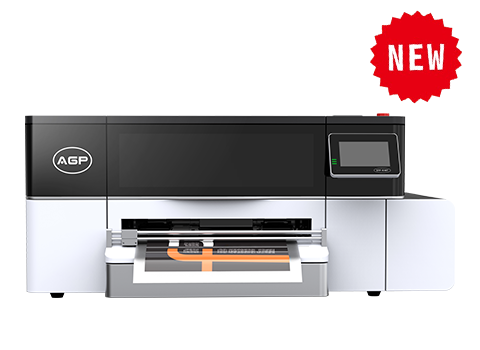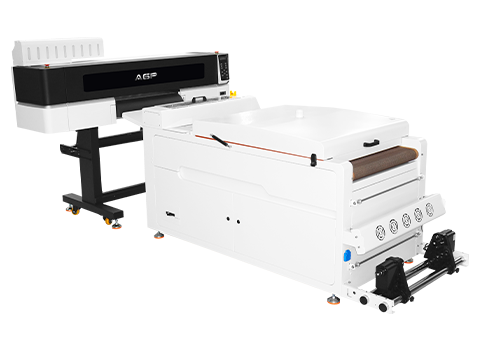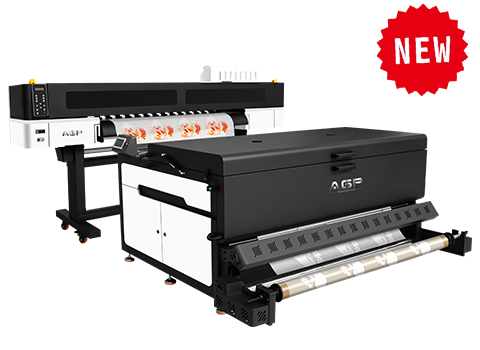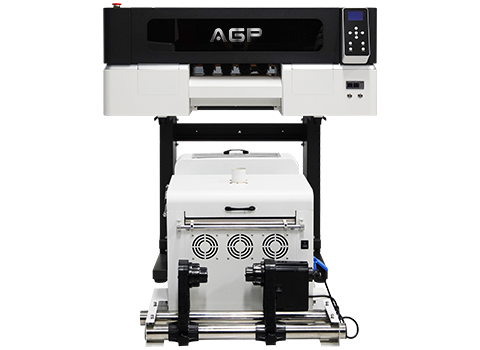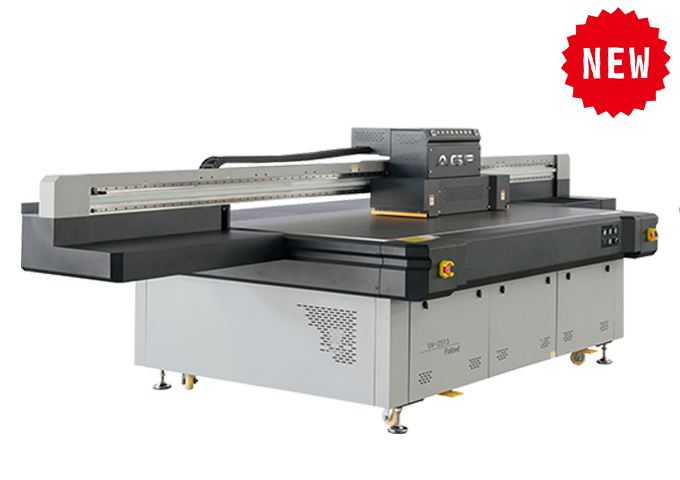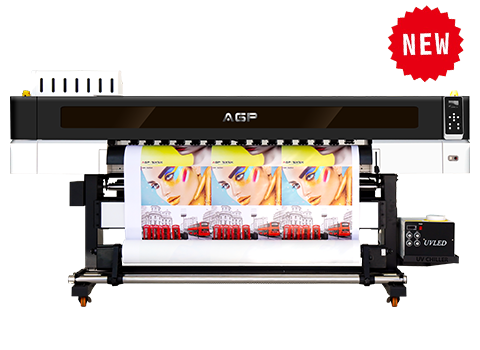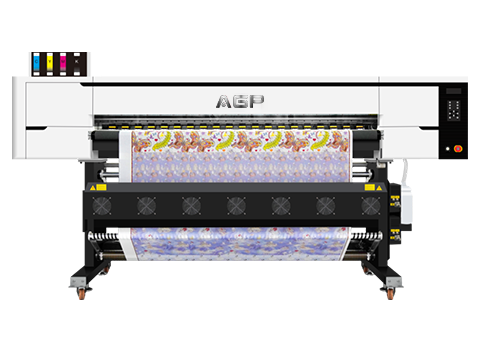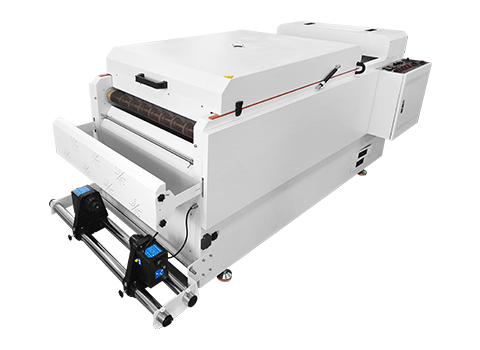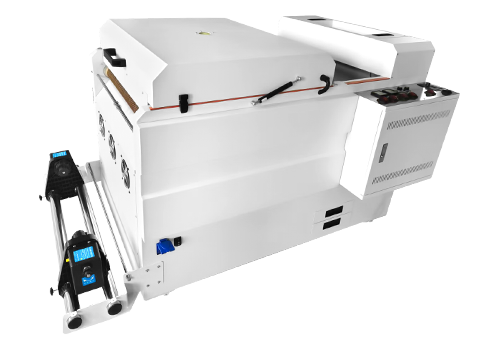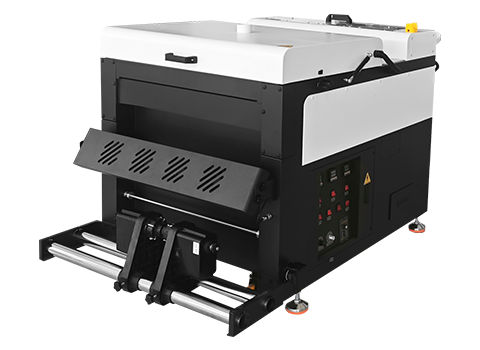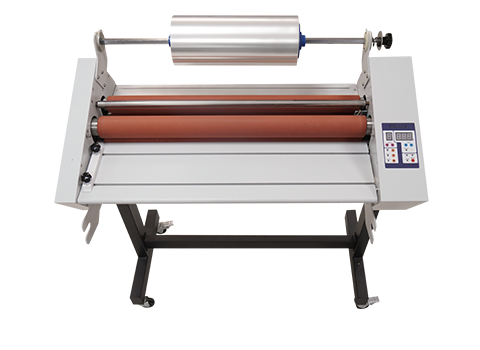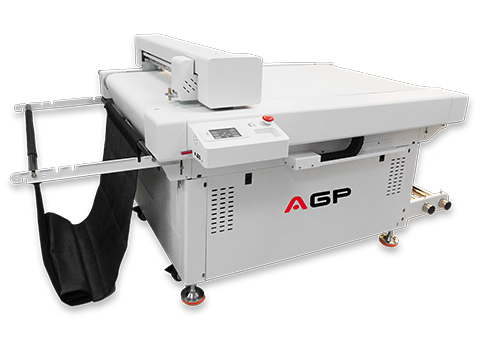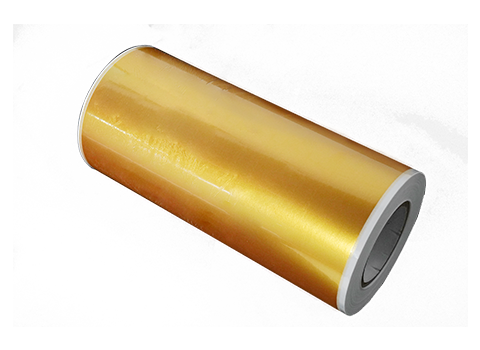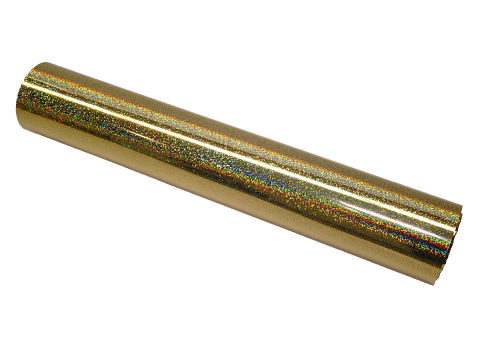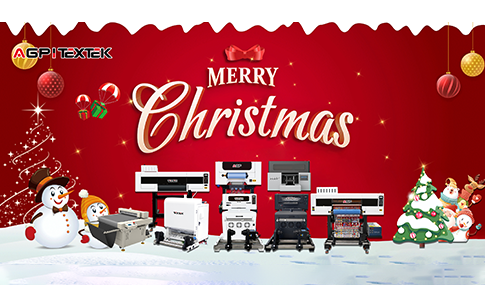Dye Ink vs. Pigment Ink: Learn the Differences and Select the one
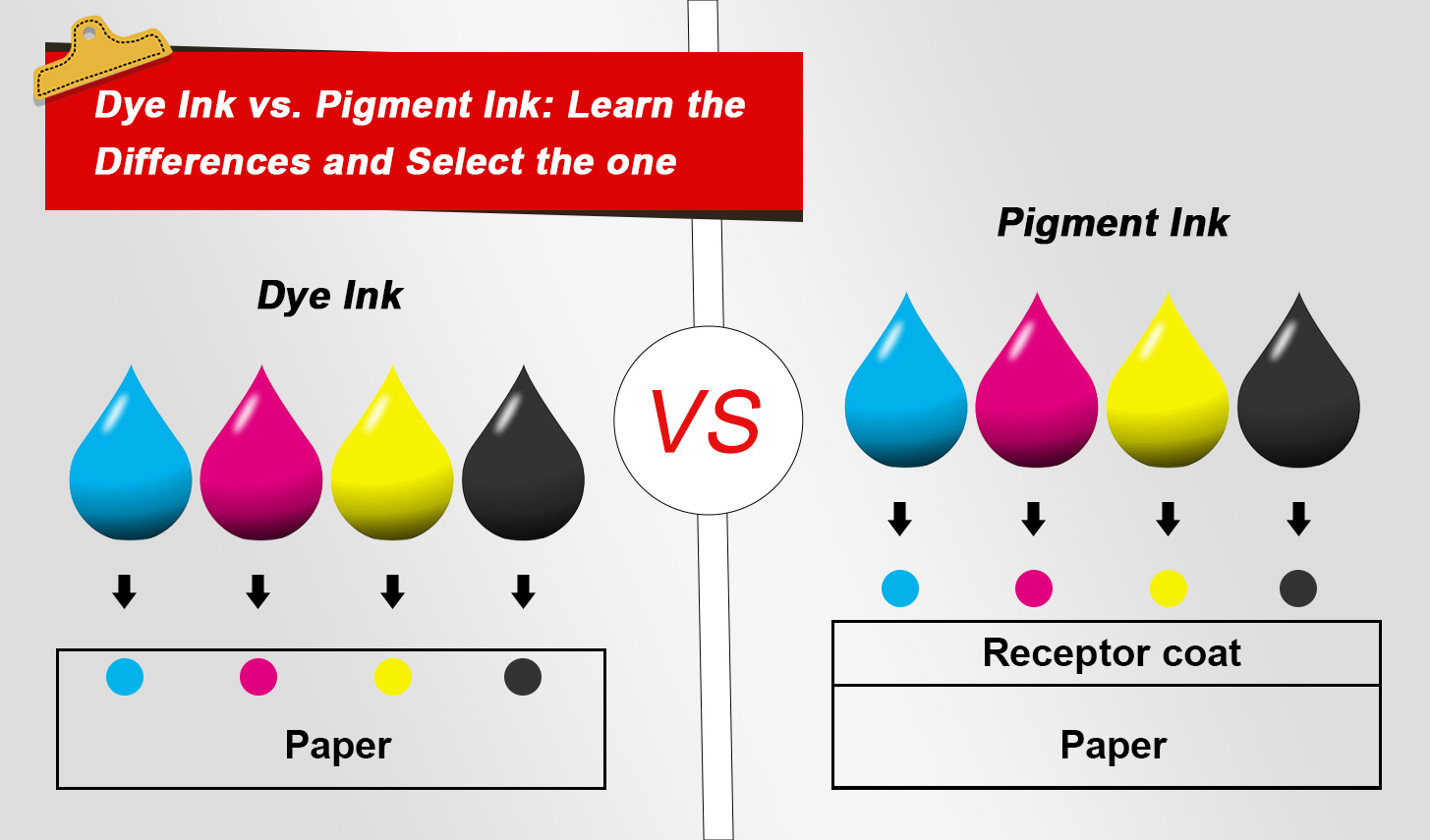
Dye Ink or pigment Ink are the most durable yet most used techniques. A few years ago, people often chose dye inks because they were known for a wide range of colors. However, they were soluble, and even one drop of water could ruin the design.
At the same time, pigmented colors were long-lasting and had good water resistance. Furthermore, they didn't support lots of colors. Nowadays, both the inks are improved. Their formulas are upgraded, and multiple shortcomings have been addressed.
Generally, pigmented inks are used more and are ideal for users. Don’t worry anymore! Here, you will get insights into the inks, including their features and ideas. To get the best result, you must compare the features of both ink types and the pros and cons.
Definition and Composition of Dye and Pigment Ink
The composition of dye and pigment inks is different and unique. You can expect efficient prints with them.
- Pigment inks are used on paper and other surfaces to give an excellent finish. The pigment ink is composed of tiny pigments suspended in liquid to make the Ink. Initially, the pigments were made of natural pigments of plants and animals. These inks are more water-resistant and don't fade easily. You can achieve a great look for your paper or every other surface.
- Dye inks are composed of colorant particles suspended in liquid to form the inks. These tiny molecules are easily dissolved in liquid to penetrate the printing media. They carry a vibrant class with a sharp color on prints.
Differences between Pigment and Dye-Based Ink
Different projects need different inks to get efficient print. You may worry about what to do in stamping and card-making projects. Which one to choose?
You must do so by comparing the features, pros, and cons. Your beautiful crafts need beautiful finishing; inks are really important in this regard. Let's delve into the differences between pigmented Inks vs. dye ink.
|
Pigmented Inks |
Dye Inks |
|
These inks are thick and vibrant, giving a nice finish to the surface. It’s more suitable for limited budget and super handy to maintain vibrancy of project. |
Dye inks give translucent vibrancy. It was popular in old printers. Modern needs of the prints need vibrant allure. |
|
It sits on the top of the surface very well, giving it a spongy look. This ink is suitable in projects which needs high maintenance of the paper and helps in less spread on paper. |
Dye inks dyes the surface and is absorbed in it, and is ideal for surfaces with pores. It gives nice finishing to them. It spreads more and give reverse side wrinkles to the paper. |
|
It is long-lasting, and no acid is used. Its thin application make it an easy and suitable option for many projects. |
It is fade-resistant but it often gets ruined due to water exposure can require retakes. |
|
This is an excellent water-resistant ink. Especially favorable for short term and outdoor projects. Though it needs retouches but don’t ruin the look of the design. |
This ink is not water resistant, and a single droplet can disturb the project. |
|
Pigmented Ink is the best option for water coloring projects because it don’t cause reverse side wrinkling. It helps in maintaining the overall quality of print. |
It is the best for stamping and mixed media techniques. When applied well, it gives nice and soft finishing. |
|
This Ink requires a longer time to dry, and re-inking is often needed. |
It dries up quickly; it may spot blotchy at first. A little addition of pigmented ink can make it a best option for high level resilience. |
Advantages of Dye Ink
The advantages of dye inks include multiple things that make them ideal for specific conditions. Besides all the benefits of pigment inks, you cannot deny the importance of dye inks.
- Dye inks give an excellent finish to photo printing and make it vibrant.
- It has a short drying time and is suitable for projects with short deadlines.
- Dye ink is absorbed in the paper quickly and gives it a soft finish.
- It is more cost-effective than pigment ink.
Advantages of Pigment Ink
Pigment ink has numerous advantages; you can consider them to understand how vital the inks are in forming prints. The advantages include:
- Long-lasting prints are given without any need for re-inking.
- It is highly resistant to water and damage. In the prints where different environmental factors are involved, you can undoubtedly choose pigmented Ink.
- You can expect sharp and detailed prints, which are suitable for documents.
Select the Appropriate Ink Type for Your Printing
No matter whether you are working on a paper surface or for a T-shirt design, you need to choose an appropriate ink for your printing needs. The overall design quality of your print depends upon the Ink used. Ink gives the print the vibrancy, allure, and beauty to shine. You may only like the results if the Ink is suitable for your design, surface, and color range. Follow the instructions to choose the right ink option for your printing needs.
- Check your printer for compatibility with the desired Ink first.
- Understand the surface for which you want the print, whether it is a photo, a document, or calligraphy.
- How long-lasting print do you want? Is it going to be directly related to environmental factors?
- Pigment inks are expensive; look if you have the budget to use them.
Best Practices to Consider for Dye Ink and Pigment Ink
To handle the printing project carefully, you can choose an ink type and follow the given points to ensure the maximum results:
- Handle the ink storage properly and place the cartridges in a cool and dry place.
- Choose a good quality of paper to achieve efficiency. It will give your prints a more appealing look.
- Proper printer cleaning and maintenance are also needed for the prints to shine.
- Don't just randomly choose the ink type; dye ink is effective if you are making a photo print.
- In the process of some documents, you want them to be fade-resistant, so it is recommended to use pigment color.
These practices will elevate your printings and make the experience smooth for you.
Conclusion
The desired output of print can only be achieved if you follow the right strategy. Your chosen Ink can make your print appealing or filthy at the same time. Dye inks are easy to deal with and, most importantly, are less expensive. Whereas the pigmented inks are a bit expensive, they give an excellent finish to your prints. You can decide by looking at the differences between dye and pigmented inks. To achieve maximum durability, consistency, and effectiveness, follow the ink type supported by the printer maintenance process.
---------------------------------------------------------------------------------------------------------------------------------------------------------------------------------------------------------------------------------
Welcome to AGP! With nearly a decade of experience in the printer industry, we specialize in R&D and manufacturing, offering exclusive DTF and UV DTF printer solutions. With a global presence, including partnerships in the USA, Canada, UK, Italy, and Spain, we’re ready to take the next step in business expansion together!
Contact Us:
Email: info@agoodprinter.com
WhatsApp: +86 17740405829

